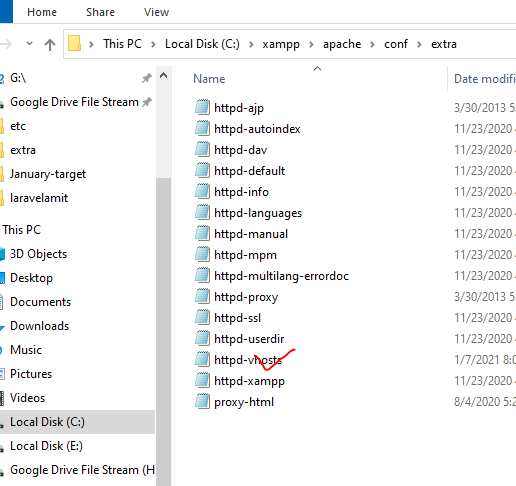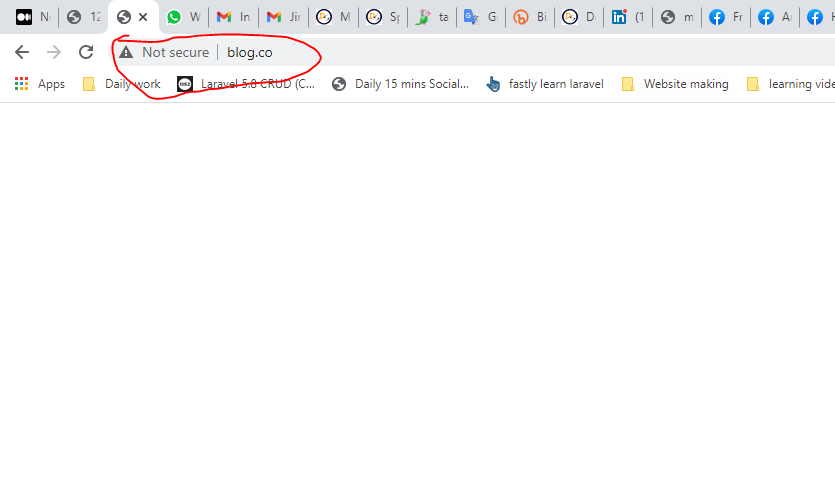
Software developers are busier now than ever before. They want to do more work in less time with quality. But, as we all know it’s not possible without right set of tools in your arsenal. So, it’s always good to find tools that can make work faster and make you more productive. Today we are going to talk on Virtualization tools. In this article I’m going to share a list of top 5 virtualization tool which will definitely help developers to improve their productivity and allow them to build better applications faster.
But, before that let’s have Quick introduction to Virtualization
Virtualization is a process in which, with the help of tools you can create a virtual version of resources like memory, operating system , server or networks instead of deploying the actual resource. In simple words you can understand it like this way: Virtualization let you run or operate a single computer into multiple ones. It let you run a Mac OS on Linux or Windows system in a single computer simultaneously. The Windows, Mac, Linux, or other system running in the virtual machine acts exactly as if it were running on real hardware. The same thing apply with storage, server or networks.
Basically Virtualization tools are used for server consolidation. But they are useful for software developers for writing or testing software.
If we look on to the benefits than these are the major benefits of Virtualization.
- Lessen the number of Hardware Resources
- 80% server use possible
- Cut IT costs
- consolidated hardware to achieve higher productivity from fewer servers
- multiple operating systems and applications on a single computer
- simple IT infrastructure with low upkeep
- Quickly deployment of new applications
So, Now without any further ado lets check out the Top 5 tools and their features.
1. Vagrant

Vagrant is an open source virtualization tool which developed by Hashicorp and written in Ruby. But, it’s support projects written in other languages too, like as Java, javascript, C#, Python and PHP. It’s work on platforms Linux, FreeBSD, macOS, and Microsoft Windows.
Features:
- Open Source
- Cross Platform: Linux, FreeBSD, macOS, and Microsoft Windows essential
- Natively supports Docker containers
- Can work with Puppet & Chef
- Users can share running environment via Internet
2. VirtualBox
VirtualBox is also an open source virtualization tool which is developed by originally by Innotek GmbH and now being developed by Oracle Corporation. This virtualization tool is written in C, C++, x86 Assembly. It is one of the oldest tool in the industry which is used by developers.
Features:
- Open Source
- Virtualization Type: Hardware Assisted Virtualization & Paravirtualization
- Cross Platform: Windows, macOS, Linux and Solaris
- Easy to install and use-friendly
- Video capture support
- VirtualBox adds support for touchscreens
VMware is a veteran in the software industry which is developed by VMware Inc. and comes in 3 different packages by name VMware Workstation, VMware Fusion and VMware workstation Player in which player comes free for users who are looking to run virtual machines on their Windows or Linux systems. The first one is good option which is designed for professionals and the second one is for home users who simply wants to run windows on MAC. VMWare products are mostly written in c, C++ and assembly but different different languages are used in various other bits.
Features:
- Free and Paid
- Cross Platform: Windows, Linux and Mac OSX
- Comes in three packages
- Virtualization Type: Full Virtualization, Hardware Assisted Virtualization & Paravirtualization
- Easy to use
- Quick Installation
Xen is initially developed by University of Cambridge but now it’s belongs to Linux Foundation. Xen runs on Linux and Unix. Xen is included with most popular Linux platforms like Fedora, RHEL, CentOS, Ubuntu, and Debian.
Features:
- Open Source
- Platform: Linux/Unix
- Virtualization Type: Paravirtualization & Hardware Assisted Virtualization
- Guest Os: Windows Server 2003, Windows XP and Windows 2000
- Also supports Red Hat, SUSE and Debian Linux guest OS.
5. KVM

Kernel-based Virtual Machine (KVM) is also an open source intended for personal and small-medium business solutions. It’s originally developed by Qumranet and now belongs to Red Hat. KVM is written in C and it;s suitable for Linux. If you need or looking for command line interface virtualization tool which comes with updated solutions, boundless use mode and without extra features and permitting charges than this is the right tool you can have.
Features:
- Open Source
- Platform: Linux
- Virtualization type: Full Virtualization, Hardware Assisted Virtualization and Paravirtualization
- Powerful command line interface
So, This is my list of Top 5 virtualization tools. Now, what you think about my list or if you are not agree with my selected tools or if you think this list should contain some other Virtualization tools instead of this, than write in comment section below.
Tagged : Best / Best Virtualization tools / Developers / KVM / list / List of Virtualization tools / Open Source / Tools / Top / Top Virtualization tools / Vagrant / VirtualBox / virtualization / Virtualization tools / Virtualization tools for Developers / VMware / Xen




















